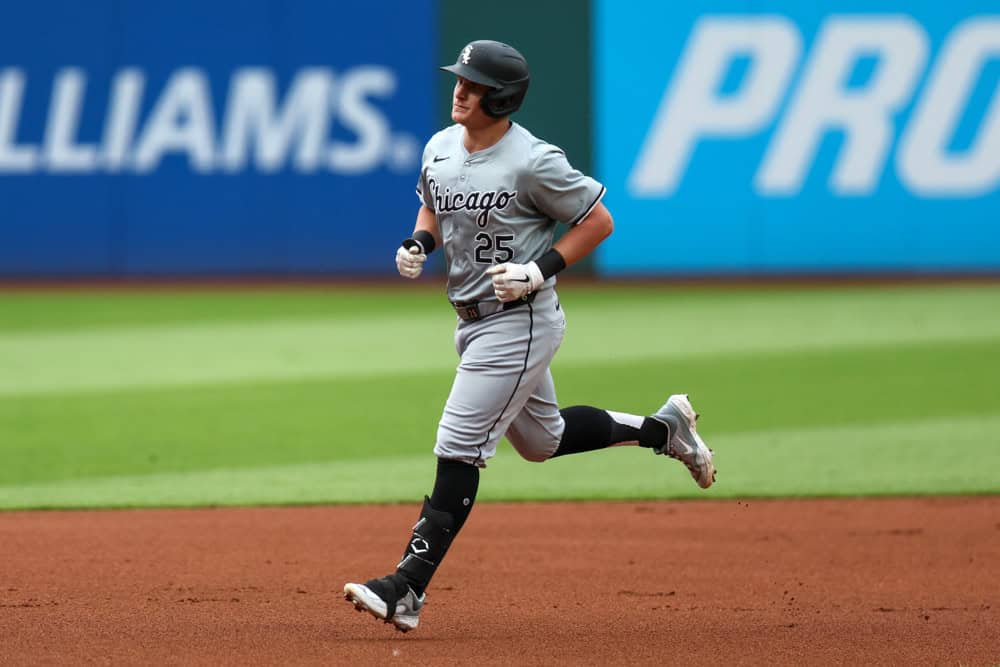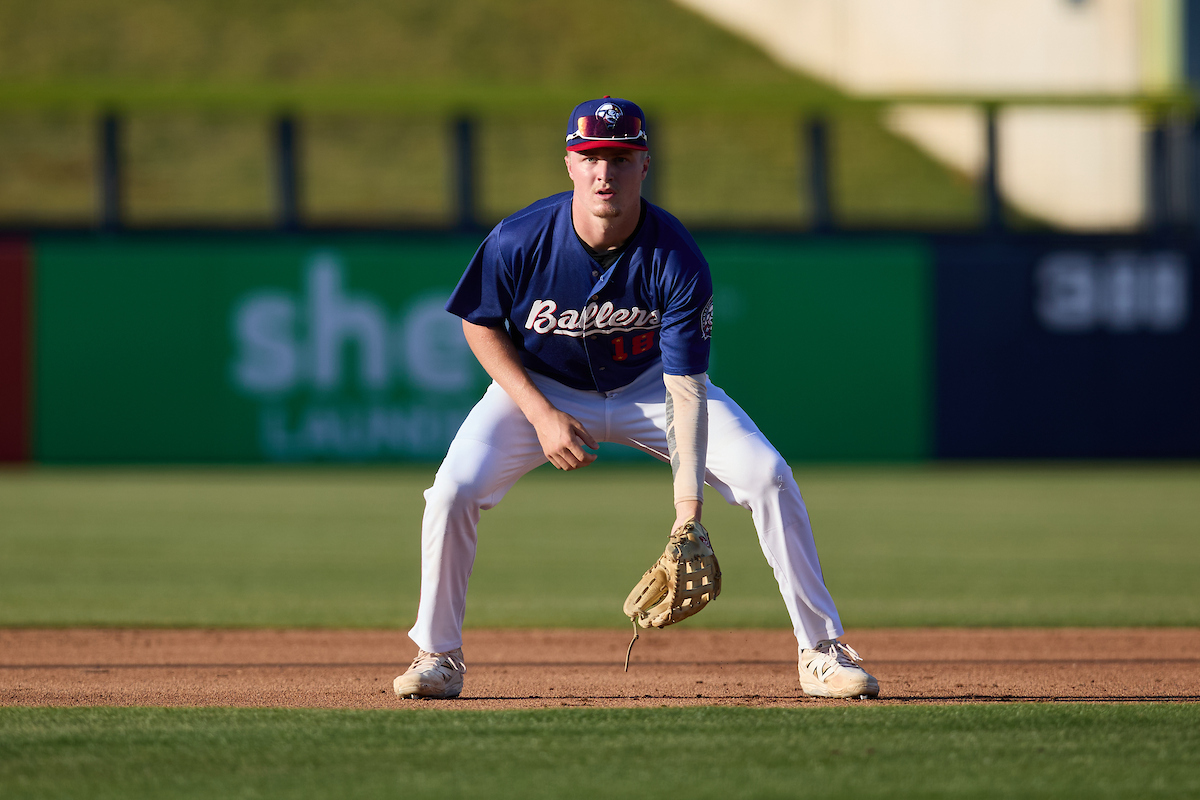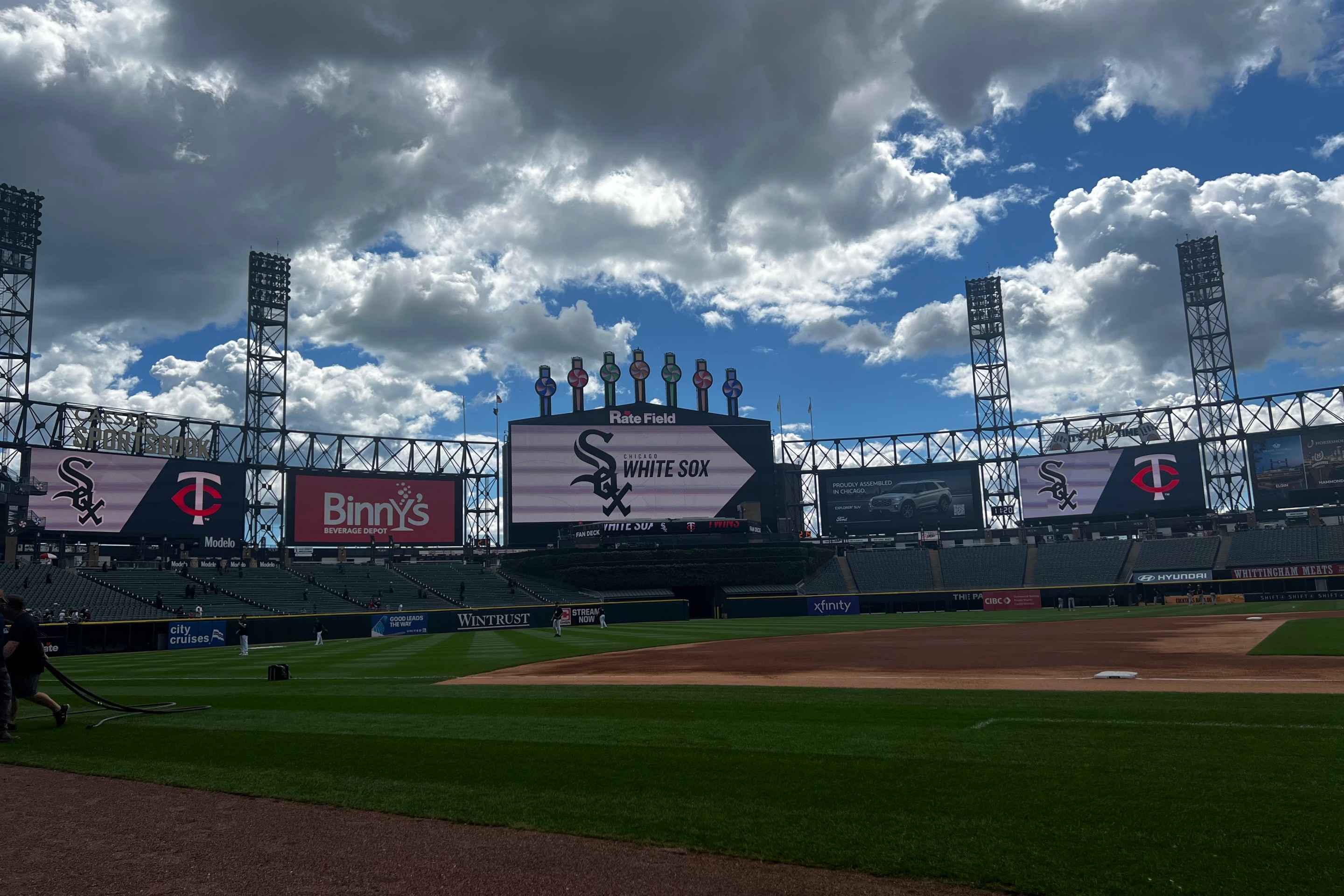It can feel uncouth to write about anything positive about the Chicago White Sox major league team at the moment, but Andrew Vaughn sure is crushing fastballs of late, right?
Roll that beautiful bean footage.
Below-average major league velocity located middle-in and thigh-high can go a long way. But the consistency with which crushable fastballs actually get crushed, rather than fouled back or popped up while the hitter curses so loud it gets caught on the field mic, can be the difference between a successful season and getting non-tendered.
In hitting .333/.367/.578 since June 1 with seven home runs, Vaughn has made ample progress in salvaging a season that had him under the Mendoza line on Memorial Day. After Tuesday's first-inning blast, he's also on pace to reach 20 home runs for the second-straight season despite going homerless for his first 36 games.
"You've got to get into the work, technical into the work," said Vaughn. "It was definitely a struggle at the beginning of the year, you just had to keep working."
Almost every hitter at their core -- and Vaughn's early season struggles definitely cut him down to such -- want to stay on the fastball. His rebound is rooted in that, as he's hitting .397 with a .638 slugging percentage against heaters since the beginning of June. That's a huge uptick, as he was batting .234 with a .383 SLG in the first two months, and his primary adjustment is making himself shorter to the ball.
"For me, less movement is better, and he's cut out a move in his swing and he's recognizing pitches better," said hitting coach Marcus Thames. "The hand movement, cleaned it up. Also his leg lift isn't as big. It was way up there. Now he's got a little swing and dip but it's more repeatable."
The nice thing about mechanical adjustments is that once players and coaches tell you it's there, you can just pull up video and look for it yourself. The not-so-nice thing is that these movements tend to be subtle by nature.

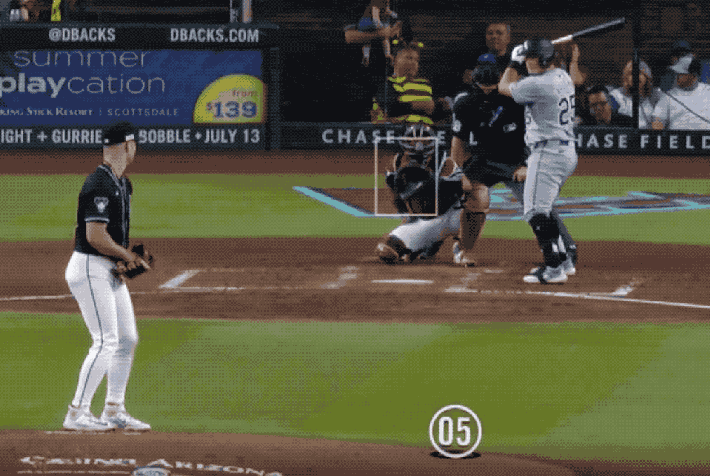
With the home run in Arizona being the latter, post-adjustment sample, my position was that a reduction in how much he wraps his bat was the big takeaway. A scout argued that I should be paying more attention to the more upright angle Vaughn gets his barrel to sooner, putting him in a better position to launch, given his swing path. Vaughn summoned the spirit of that kid in the Old El Paso commercial who asks, "Why not both?"
"The angle reduces the load," Vaughn said. "Just simplifying everything and being more direct to the ball."
For the college hitting savant that Vaughn was at Cal, this has been the primary adjustment to professional baseball. He generated elite power production from a swing loaded by a big leg kick that he always demonstrated great control of, but has had to calibrate in size in response to the increased velocity he's faced.
"I looked at some of this stuff when I first started and I always ask players, 'Why did you stop doing this?'" said Thames. "He said, 'I had success doing this when guys were throwing 88-90 mph, but once I got to the big leagues, everybody is throwing 95 mph.' So he had to clean it up a little bit. Kudos to him, he did that and he's still trying to minimize movement and be more efficient."
The work is still in progress. Want to feel old? The average major league fastball is 94 mph now, and even since June 1, Vaughn is batting .259 with a .370 slugging percentage against above-average velocity per Statcast. But there's a cost to weigh: Every time movement is stripped, a hitter still needs to feel like they're loading enough to creating separation and impact the baseball.
"It's a give and a take definitely. You want to get as much as you can without getting too big," Vaughn said.
Hammering every average or worse heater has made Vaughn a valuable middle of the order hitter again, but it's also potentially a means to an important long-term end. After being a walk machine both at Cal and during his short time in the minors in 2019, Vaughn is running a walk rate under 6 percent for the third straight season. His chase rate is above-average and even this current run has featured few free passes, so there is likely no great fountain of walks waiting beyond the horizon.
But the hope is that establishing that all mediocre fastballs in the zone will be sentenced to death will drive pitchers to be finer when trying to get back into counts.
"That was the one thing he really wants to get better at in the majors: walking a lot more," Thames said. "You don't want to be missing fastballs right down the middle, either. Guys who have walked for me, walked a lot, they don't miss their pitches down the middle. That's why they walk. You get in position to hit your pitch, you lay off the bad ones, and that's what we're trying to get going."
Vaughn needs to see that windfall come true. Like seemingly two-thirds of the roster, his position on the next good White Sox team is uncertain at best, and he's currently a first baseman with a 97 wRC+ on the year with two arbitration years left. But crushing the pitches he should crush was a logical first place to start
Lenyn Sosa is hitting .271/.314/.417 in 29 games since being recalled. While his defense still contains foibles, it's easily his best and most sustained offensive stretch in the majors. Maybe more encouraging is that instead of avoiding the pattern of a few games of driving the baseball followed by the ceiling caving in on his plate approach, he endured exactly such a thing (2-for-33 with nine strikeouts over a 10-game span), and has rebounded with six hits in his last three games.
"Two days ago, I was able to identify something that I needed to adjust, and I think the results are starting to show up," Sosa said via interpreter. "Just my timing with the pitchers. Be ready for the fastball, and react when they throw me breaking balls."
Oh boy, I guess we're doing this again.
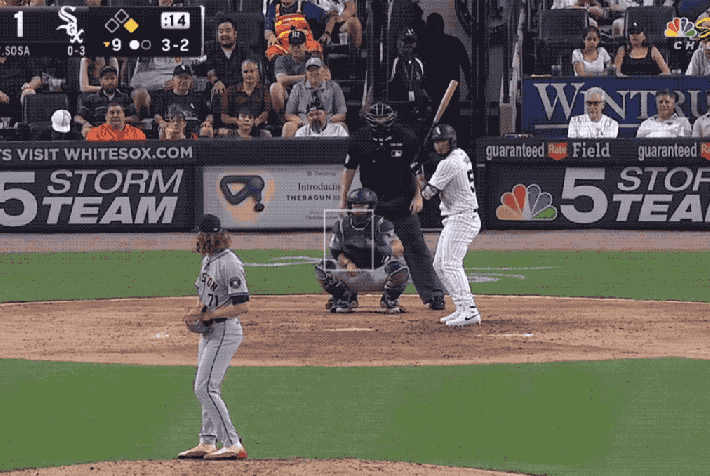
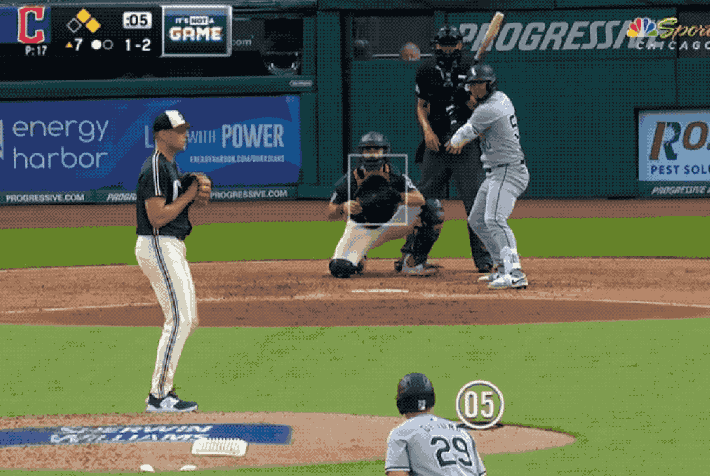
Look, it's different camera angles, but it just looks like his hands are a little higher in the clip to the right.
"Hitting is weird, man," said Pedro Grifol, a former hitting coach himself. "A little small detail, correction, mechanical correction can put you in a great spot. I think they were talking about his hands and just creating a little more separation. When you do something like that, it's great as a coach if you have like instant success. Because now the player buys in and he's off and running and he did. He created a little more separation with his hands and all of a sudden he's driving the ball to left-center field, he's hitting a homer and he's feeling great at the plate. What I want Sosa to do is just play baseball, man, enjoy it."
That seems to be a common thread; hoping that this sustained stretch of playing time would undo Sosa's feeling that another demotion was always around the corner.
"Last time [Sosa was in the majors] he looked like he was, 'I gotta do it, I gotta do it, I gotta do it,'" Thames said. "You can't play this game like, 'If I don't get a hit, I'm going to get sent to Triple-A. Now he's just having fun and playing the game. I make sure I tell him every single day, 'Hey, go have fun.'"
